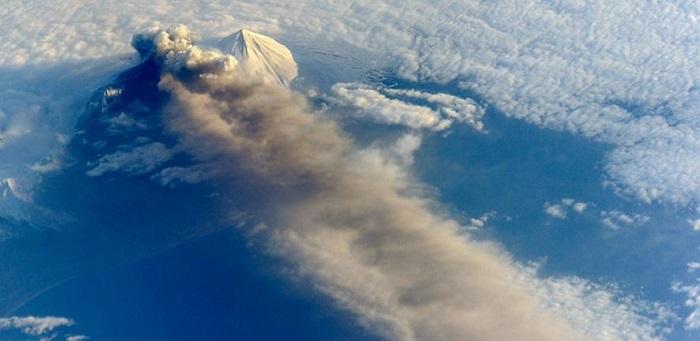They found that the carbon drawn into Earth’s interior at subduction zones - where tectonic plates collide and dive into Earth’s interior - tends to stay locked away at depth, rather than resurfacing in the form of volcanic emissions.
Their findings, published in Nature Communications, suggest that only about a third of the carbon recycled beneath volcanic chains returns to the surface via recycling, in contrast to previous theories that what goes down mostly comes back up.
One of the solutions to tackle climate change is to find ways to reduce the amount of CO2 in Earth’s atmosphere. By studying how carbon behaves in the deep Earth, which houses the majority of our planet’s carbon, scientists can better understand the entire lifecycle of carbon on Earth, and how it flows between the atmosphere, oceans and life at the surface.
The best-understood parts of the carbon cycle are at or near Earth’s surface, but deep carbon stores play a key role in maintaining the habitability of our planet by regulating atmospheric CO2 levels. “We currently have a relatively good understanding of the surface reservoirs of carbon and the fluxes between them, but know much less about Earth’s interior carbon stores, which cycle carbon over millions of years,” said lead author Stefan Farsang, who conducted the research while a PhD student at Cambridge's Department of Earth Sciences.
Image: Alaska’s Pavlof Volcano: NASA’s View from Space
Credit: NASA Goddard Space Flight Center
Reproduced courtesy of the University of Cambridge
